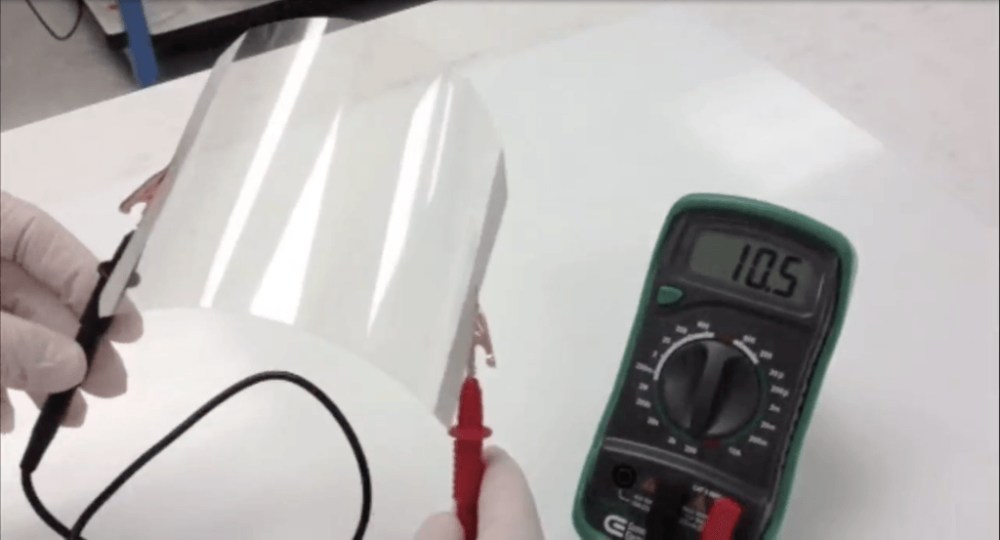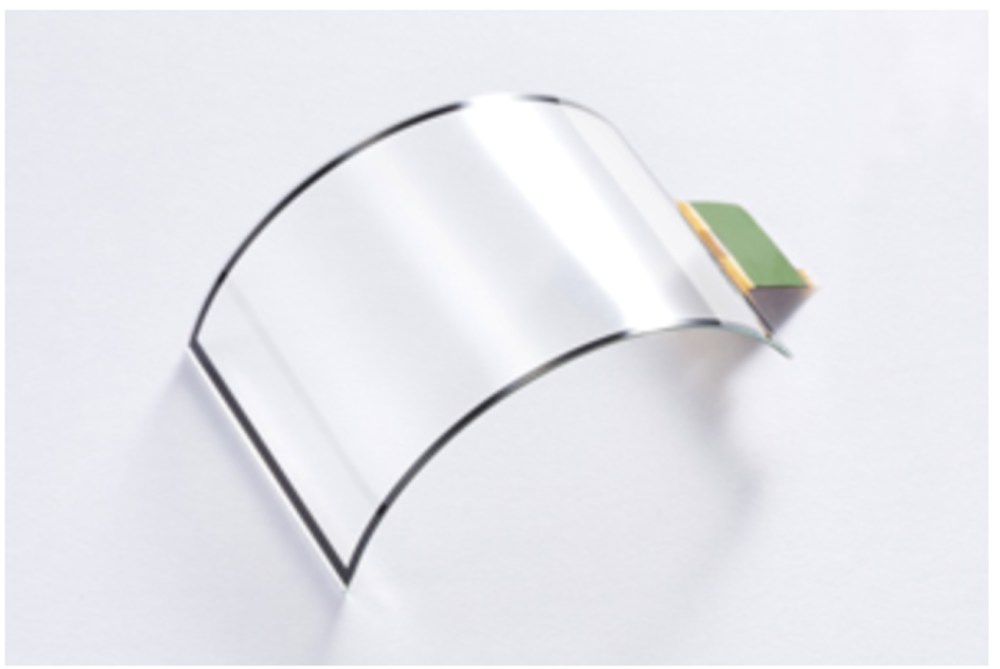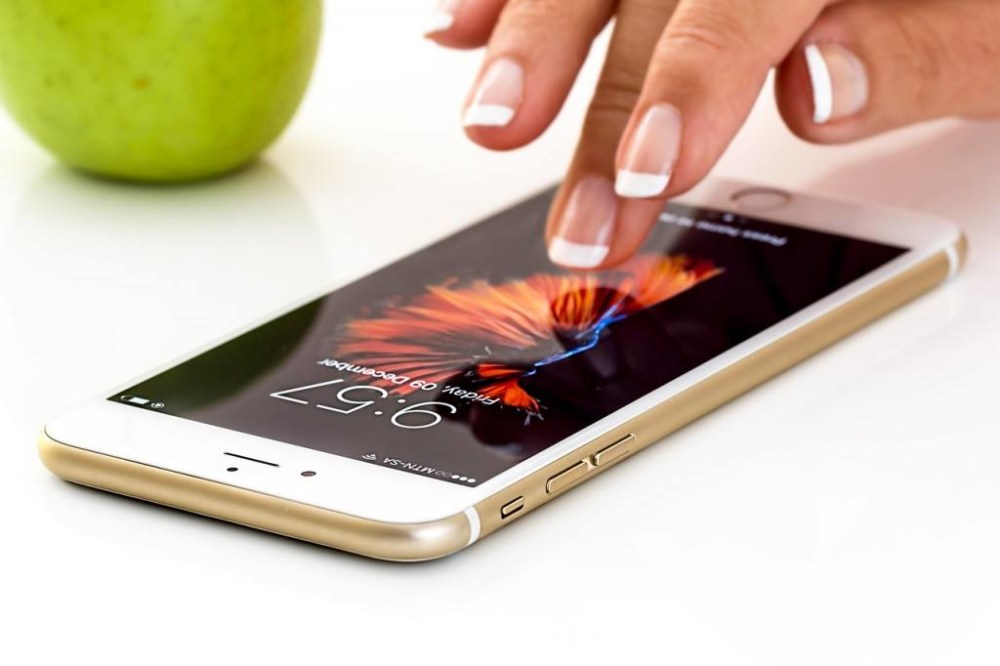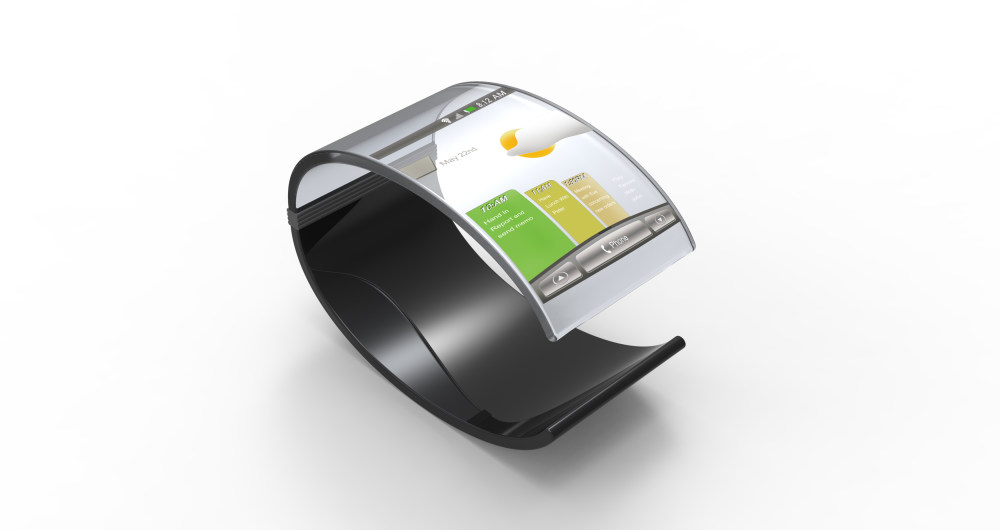Touch screen displays enable users to interact with a computer by touching areas of a display. To do so, the screen must have a layer of material that can convert the finger’s movement into a computational function. Touch screen materials need to be highly transparent and conductive while producing minimal haze and reflection. The most commonly used conductive material in touch screen devices is a rare earth material called Indium Tin Oxide (ITO). Although it is currently the most widely used material, it has a limited transparency, insufficient conductivity (especially for large format displays) and is breakable (not compatible with flexible or bendable displays). Other alternatives include silver nanowires (AgNW), carbon nanotubes, nanobuds, graphene, and conductive polymers. Unfortunately, none of these materials have been successful enough to replace ITO due to manufacturability constraints, cost, and performance.
NANOWEB® is an advanced transparent metal mesh conductor that is truly invisible to the human eye due to the sub-micron width of its mesh lines. It offers a superior alternative to ITO silver nanowires, graphene, and carbon nanotubes. It features precisely-placed metal lines in a grid structure fabricated on polymer film, glass plate or other substrates. NANOWEB®’s unique characteristics are attributed to its two-dimensional wires that are less than 1 micron wide. The NANOWEB transparent conductor design (pitch, linewidth, thickness) can be changed to satisfy a wide range of touch screen products, and the choice of metals is not limited to only silver or copper, but it can be fabricated with almost any metal material.
We use a proprietary manufacturing technology called Rolling Mask Lithography (RML®) in order to print large sheets of NANOWEB® with extreme accuracy. This exclusive production technique reduces manufacturing time and cost significantly while improving sheet resistance and transmission. This means that NANOWEB® can be used in large flat or curved touch enabled displays and flexible touch screen devices.




